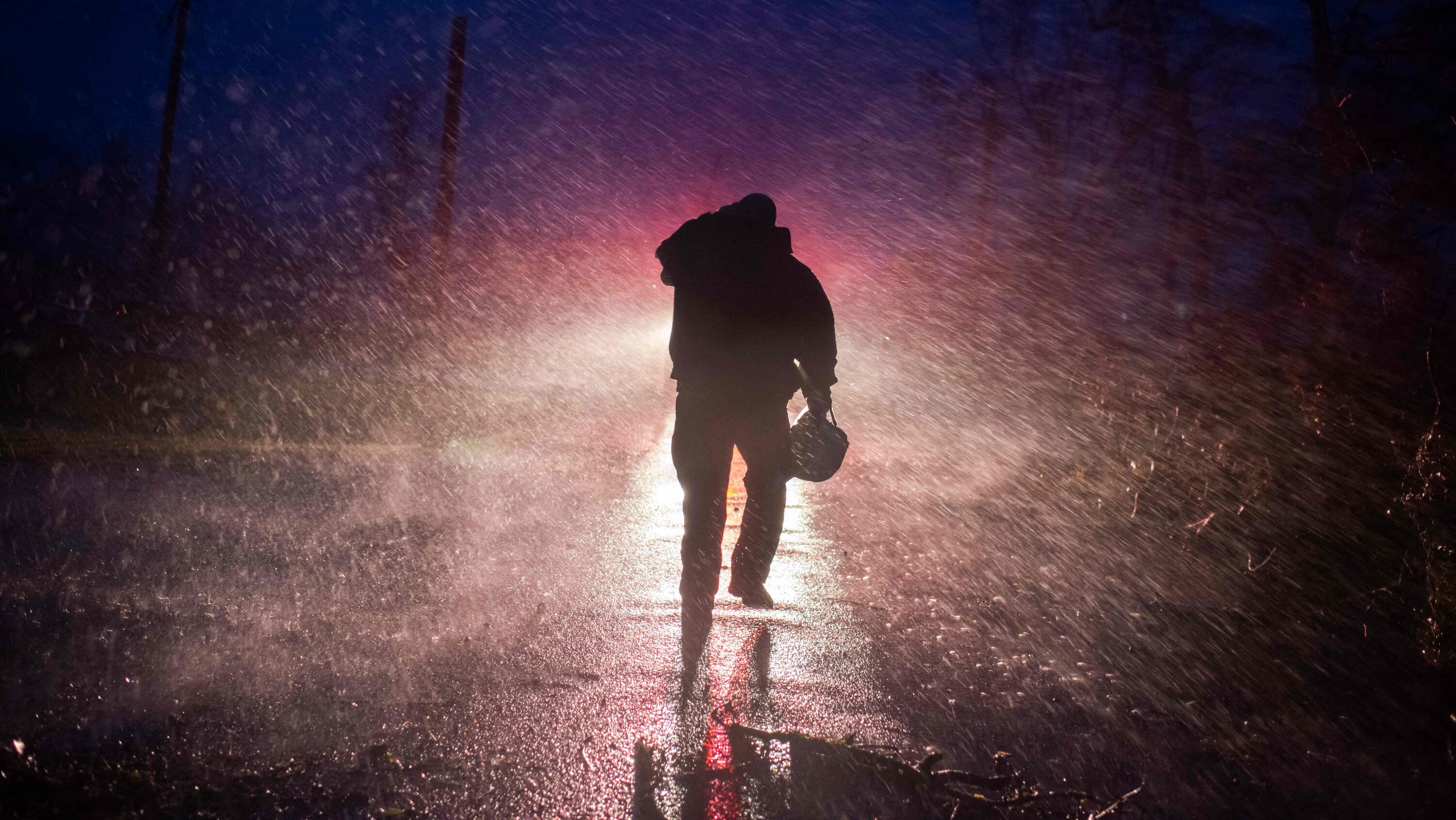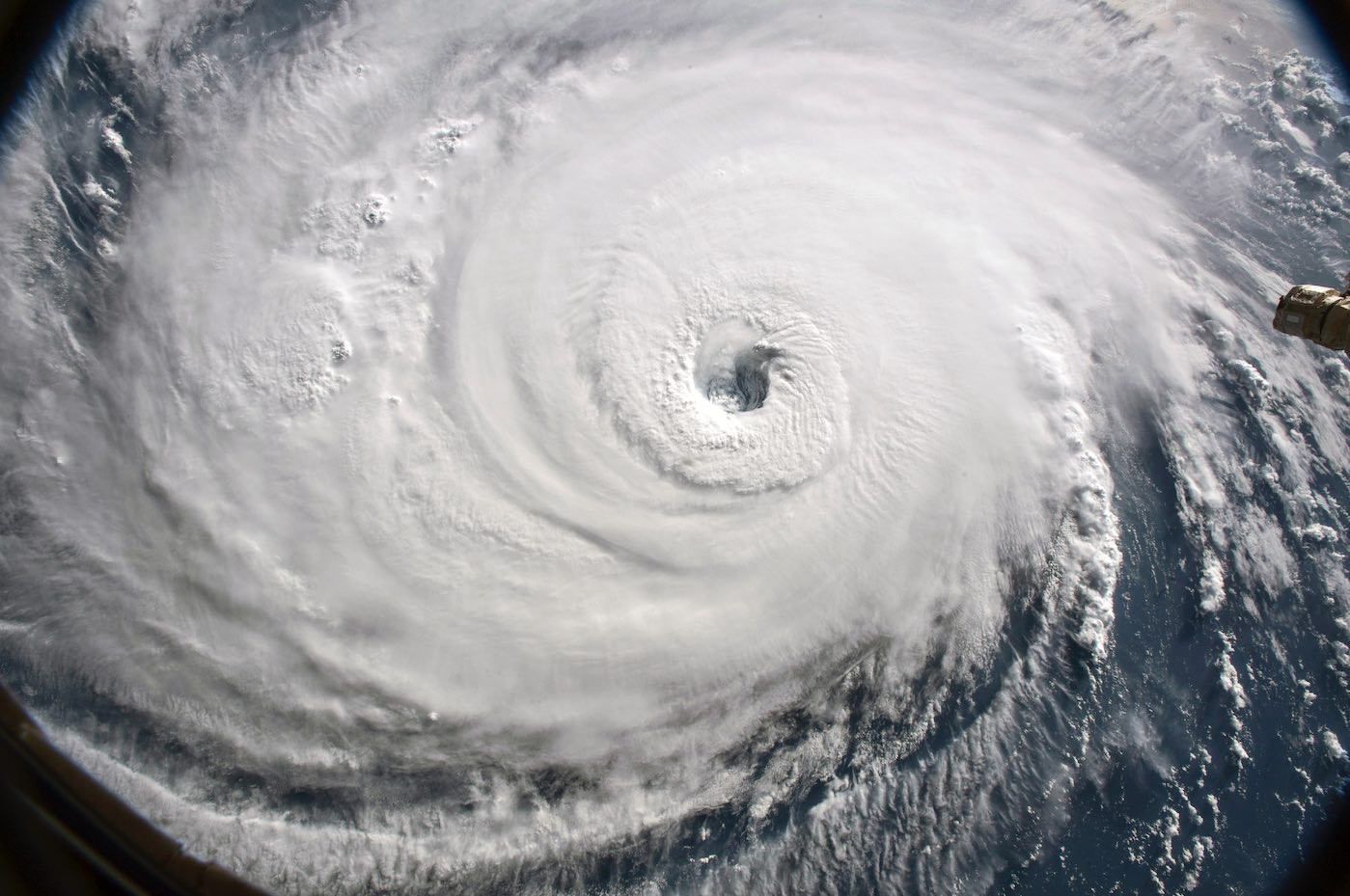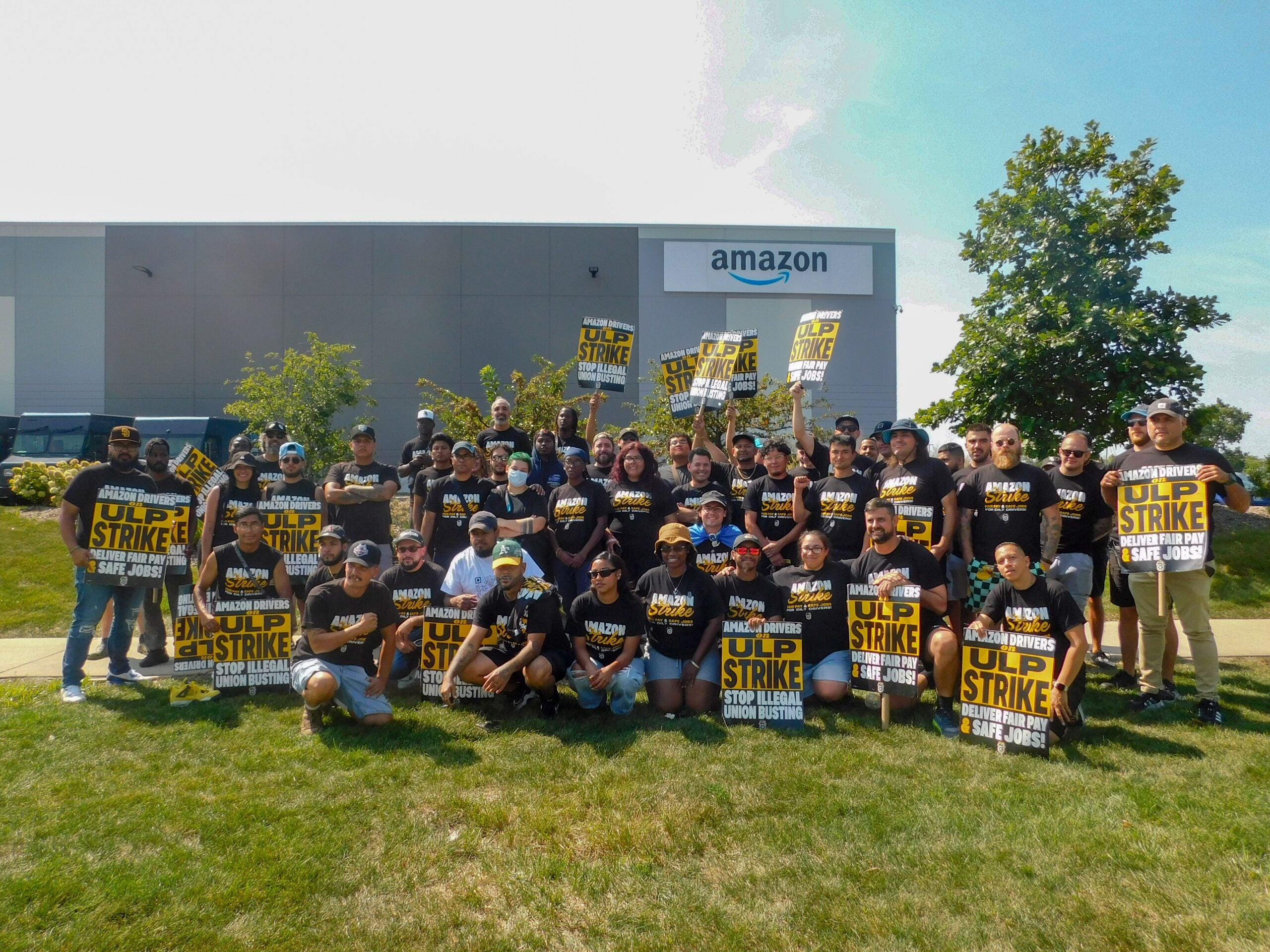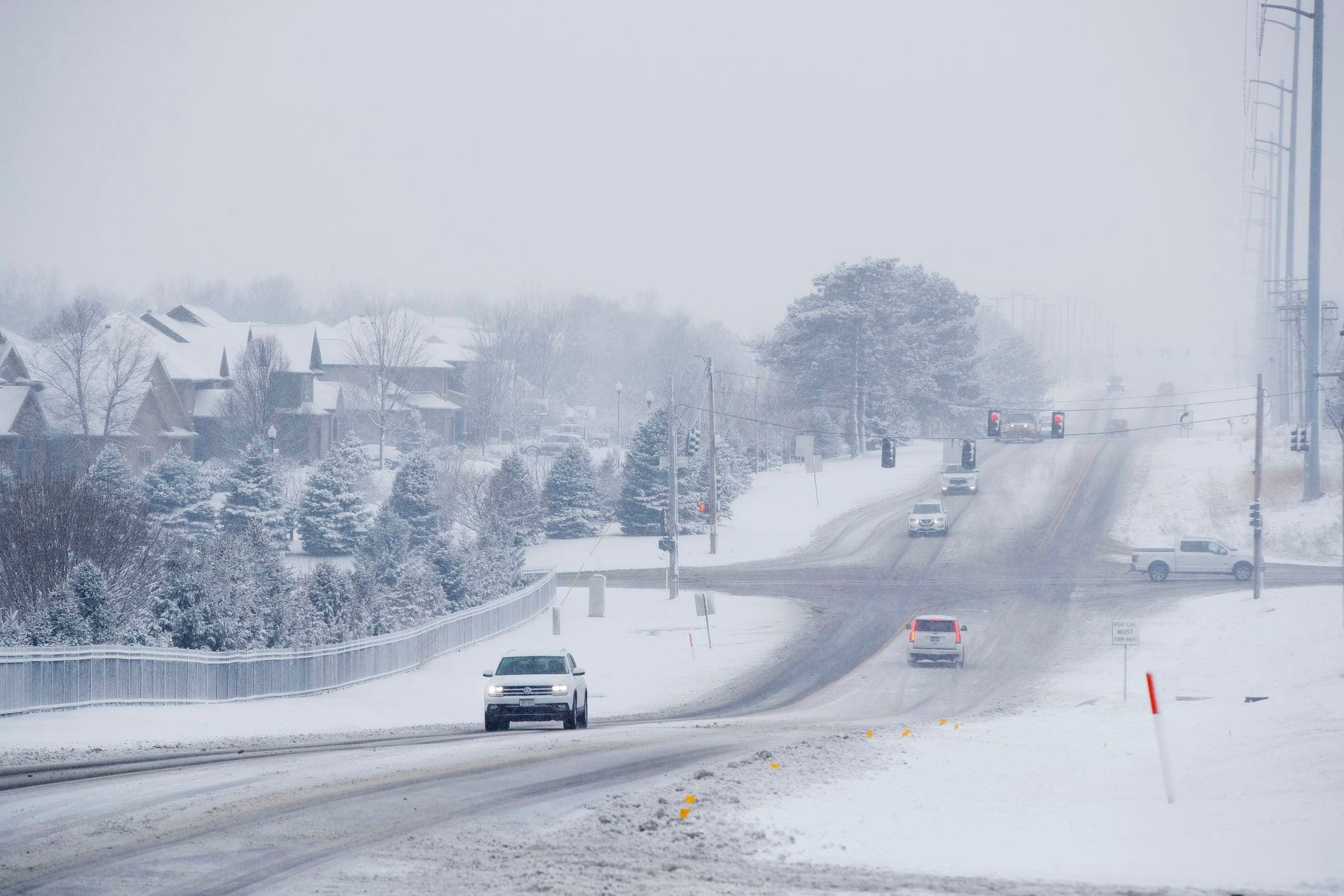Hurricanes Are Morphing Into Something More Dangerous
As the planet warms, hurricanes are transforming into more dangerous storms, intensifying faster, producing more rainfall, and generating bigger storm surges. This concerning trend necessitates a proactive change in hurricane preparedness and public perception of these increasingly potent storms.
The Science Behind the Shift
More than 90% of the global warming over the past 50 years has occurred in the oceans. Hurricanes are exploiting this additional energy, leading to faster and more intense strengthening, sometimes right before making landfall.
Rapid Intensification: A Silent Threat
Rapid intensification poses a significant threat, leaving people with little to no time to evacuate. This phenomenon can escalate a storm from a Category 1 to a Category 3 in a matter of hours, catching coastal residents and officials off guard. For instance, Hurricane Ian, which devastated southwest Florida, exemplifies the devastating consequences of rapid intensification.
Sheltering in Place: A New Reality
Emergency managers may find themselves unable to order evacuations due to rapid intensification occurring after evacuation windows have closed. Consequently, coastal residents are increasingly likely to be forced to shelter in place, a situation that demands a comprehensive shift in preparedness strategies.
Adapting Preparedness Plans for a New Era
The traditional 72-hour emergency preparedness paradigm is no longer sufficient. Experts urge individuals to prepare for longer-term disruptions, anticipating potential power outages and extended periods without access to essential services.
Key Adjustments for Enhanced Preparedness
- Extended Supplies: Stock up on non-perishable food and water, ensuring they are stored in areas safe from flooding.
- Power Backup: Invest in a backup generator and solar charger for your phone, if financially feasible.
- Community Shelters: Familiarize yourself with the location of designated community shelters in your area. These shelters often provide essential services like air conditioning, food, and a safe place to sleep.
Beyond Wind Speed: A Shift in Perception
Hurricane categories are primarily based on wind speed, overlooking the escalating dangers of storm surge and flooding. Even a Category 1 hurricane now carries intense rainfall and can generate widespread storm surge, highlighting the need for a reevaluation of our perception of hurricane intensity.
The Importance of Reliable Information
With various news and information sources available, accessing credible information is crucial. Individuals should prioritize reliable sources like the National Hurricane Center and the National Weather Service, ensuring they are not solely reliant on less-authoritative sources.
Navigating Information Overload
It's important to consider the reliability of information sources during hurricane emergencies. While daily weather apps may suffice for routine forecasts, it is crucial to consult more reliable sources when making critical decisions about family safety and preparation for a hurricane.
Understanding the Role of Warm Water
Warm water is a pivotal factor in hurricane intensification, but it's not the only factor. Other elements, like wind shear and dry air intrusions, play a complex role, sometimes competing with warm water's influence.
The Dynamics of Hurricane Intensification
-
Warm Water: Warmer water fuels hurricanes, providing them with the heat and moisture needed for intensification. The deeper and warmer the ocean water, the more powerful a hurricane can become, assuming other factors are favorable.
-
Wind Shear: Wind shear, the change in wind speed and direction with height, can be a double-edged sword. While often hindering hurricane intensification, it can sometimes aid in strengthening the storm's core if located just far enough west.
-
Dry Air Intrusions: Dry air intrusions can disrupt a hurricane's core, suppressing thunderstorms and strengthening downdrafts. This disruption can hinder the storm's ability to persist and intensify.
-
Land Interaction: Land interaction can temporarily disrupt hurricanes, as they rely on oceans for their fuel source. The amount of weakening depends on the duration of land crossing and the terrain's characteristics.
Looking Ahead: A Focus on Preparedness
Scientists continue to research the impact of climate change on hurricanes, but it is clear that rising sea levels are exacerbating storm surges, and warmer waters are fueling higher rainfall totals. While the frequency of hurricanes may not necessarily increase, their intensity is expected to rise significantly, necessitating a heightened focus on preparedness and adaptation.
Time Saves Lives: Heed the Warnings
The National Hurricane Center emphasizes the importance of early warnings and preparedness, especially with storms exhibiting rapid intensification. Despite a storm's seemingly benign appearance days before landfall, its intensity can escalate rapidly, highlighting the need to plan for the storm's potential at landfall rather than its current state.
A Call for Action
Hurricanes are becoming more dangerous, demanding a proactive approach to preparedness and a shift in our understanding of their potential impact. By embracing a longer-term perspective, prioritizing reliable information, and understanding the intricate dynamics of hurricane intensification, we can better prepare for the challenges of a changing climate.


















